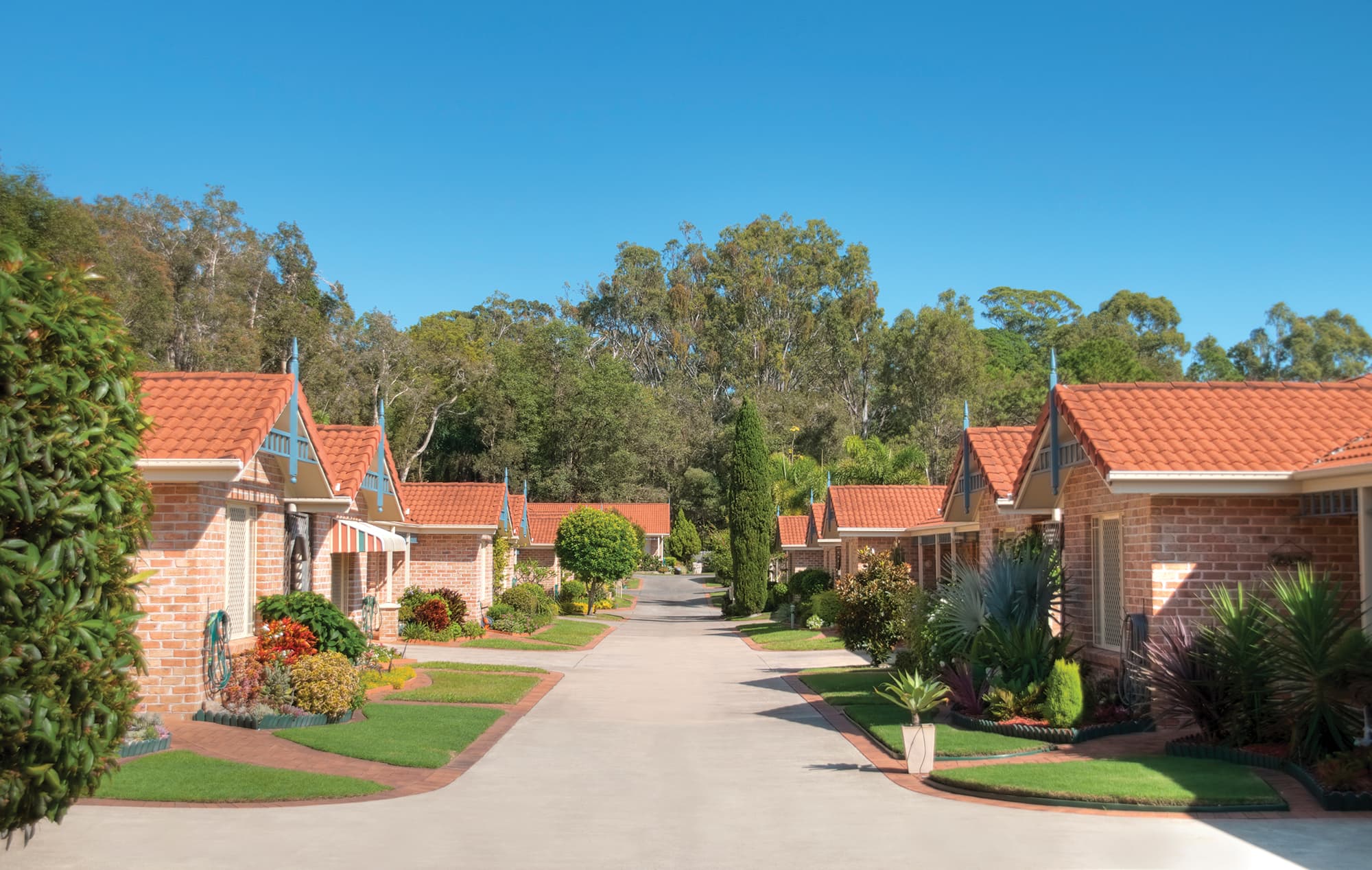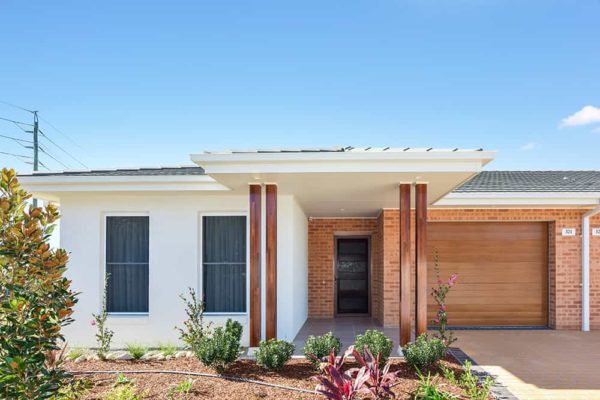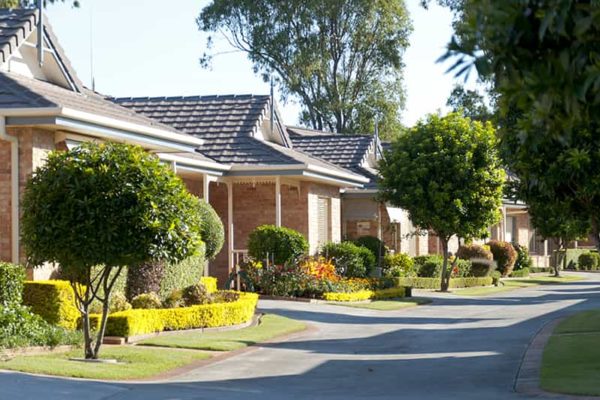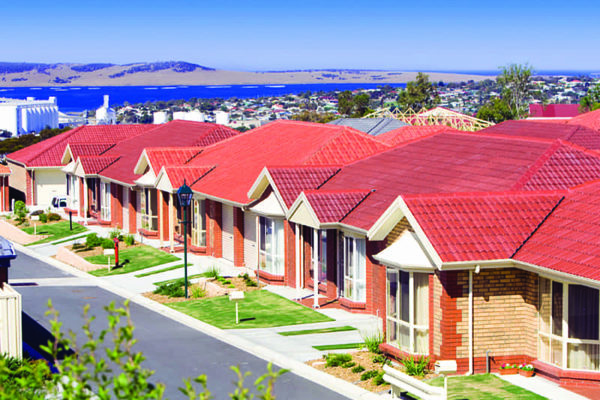If you’re exploring your retirement living options, you’ve probably come across both retirement villages and lifestyle communities in your travels.

While these two retirement living options can appear very similar and offer many of the same advantages – including increased security, a closer social network and facilities such as swimming pools and gyms – it’s important to understand that there are also fundamental differences between the two.
We talked to Christa McCraw, RetireAustralia’s Contract Administrator Manager, and Giselle Spice, Village Manager of RetireAustralia’s Noyea Riverside Retirement Village, to find out more.
Retirement Villages Act gives peace of mind
The first major difference between retirement villages and lifestyle communities is that retirement villages are covered by the Retirement Villages Act, which gives residents peace of mind and outlines a number of important rights.
“The Retirement Villages Act was first implemented in South Australia in 1987 to outline the rights and responsibilities of both operators and residents and to ensure that both parties are protected,” says Christa.
Giselle Spice from Noyea Riverside Retirement Village adds, “The Act is there for your security as you get older.”
On the other hand, lifestyle communities are generally governed by the same legislation that covers caravan and mobile home parks in each state. While these laws clearly state the obligations of both operators and tenants, they don’t afford the numerous benefits of the Retirement Villages Act.
Types of retirement village contracts
In a freehold retirement village, you buy a unit or villa on a strata title and own the dwelling in the same way you would if you purchased a standard house. You will also have to pay stamp duty, as with a standard house.
Another option is to purchase a 99-year lease on a unit or villa in a leasehold or licence retirement village. In this case, you don’t own the building or the land but you don’t pay stamp duty and are entitled to occupy the unit or villa for the duration of your lease. The only difference between the two is that leasehold villages will register your lease on the title while licence villages will not.
In leasehold, licence and freehold retirement villages alike, you pay monthly fees to cover council and water rates, building insurance, building and garden maintenance and the cost of your 24 hour emergency call system. The village operator cannot make a profit on these fees and they generally cannot be raised unless the residents agree to the increase.
According to Giselle, “Under the Retirement Villages Act, everyone has to vote. If the residents can’t see the need for a fee increase and they vote against it and they’re in the majority, the fees won’t be raised.”
Renting the land
On the other hand, if you buy a unit or villa in a lifestyle community, you’re purchasing the building but you’re renting the land it sits on. The community operator retains ownership of the land and you must pay rent for this land throughout the time you are living there.
Your rental fees will also cover the operator’s services such as maintenance of common areas, operator costs and security, meaning that your ongoing fees tend to be significantly higher than those payable in a retirement village.
Because the land is still owned by the lifestyle community’s operator, they have a right to give you notice to vacate if they decide to do something else with the land. In some states, this can be as little as six months.
What happens when you leave?
When you leave a lifestyle community, you either have to put your dwelling up for sale or somehow take it with you.
When you leave a retirement village, the village operator will sell your unit or villa within a set time frame or will buy it back from you. How and whether you share in capital gain or loss is dependant on your individual contract.
Upon leaving, you will also pay an exit fee to cover the operator’s investment in the village and major improvements to facilities. Deferring this fee until you leave means that you have more money in your pocket month to month while you’re living in the village, unlike in a lifestyle community.
Retirement village dwellings always reinstated
When you leave a retirement village, the operator generally has an obligation to reinstate the unit or villa to the same condition as when it was sold while the outgoing resident is liable for anything above fair wear and tear.
Lifestyle communities have no such requirement of operators, so if you buy a unit or villa in a lifestyle community, there’s no guarantee of what condition it will be in.
Security and longevity in retirement villages
Another benefit of retirement villages is the fact many are now rolling out more care services so that you can stay there longer and delay or even avoid the move to a nursing home. This provides retirement village residents with more longevity and security than those living in a lifestyle community.
As Giselle says, “People have a very secure lifestyle in a retirement village. I think it’s all got to do with having peace of mind as you get older.”
“When you enter a retirement village, you’re entering into a lifestyle that gives you protection and security for the entire time you’re living in the village.”






